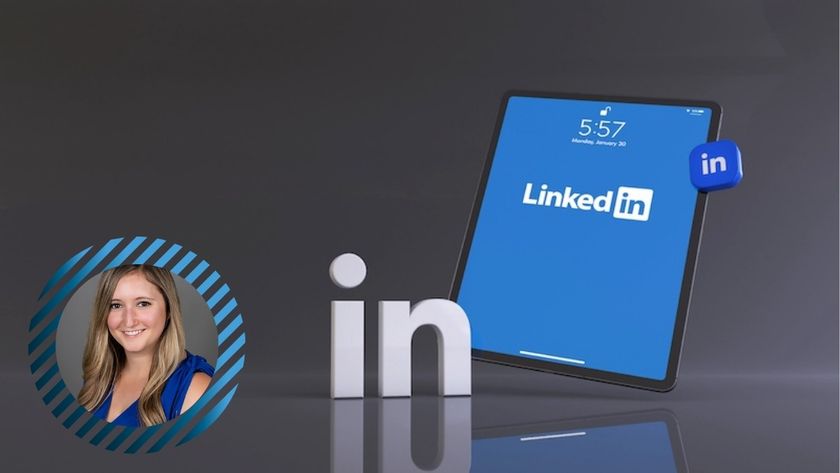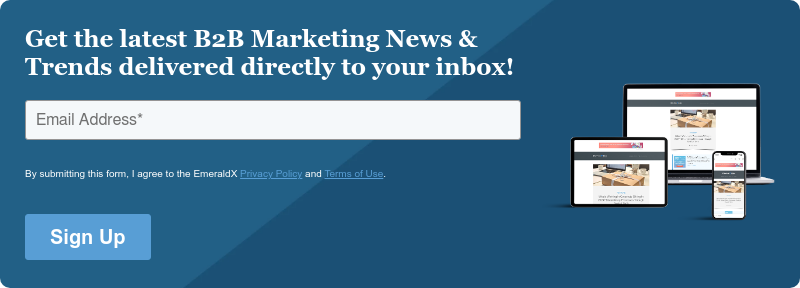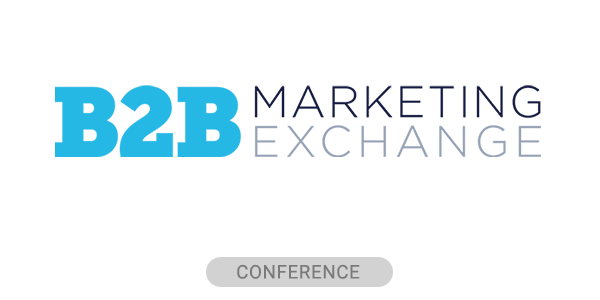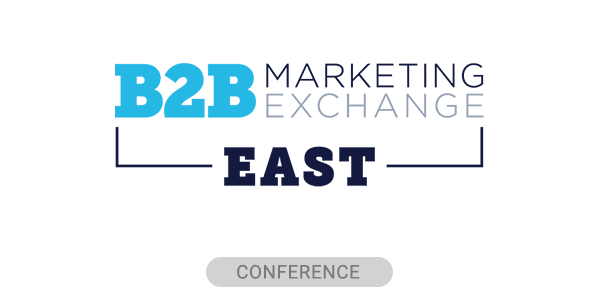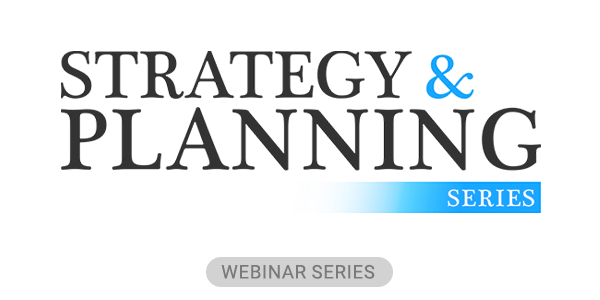Between being on the defensive in (or the losing end of) various lawsuits and aggressively pushing the artificial intelligence (AI) envelope in both organic and paid placements, Google has grabbed the lion’s share of B2B headlines in 2025.
Gaining some B2B marketing budgets in the background, thanks to a slew of recent (sometimes overdue) updates: LinkedIn. We’ve seen it firsthand with our clients. More budget is flowing into LinkedIn, and it’s not just because of brand affinity or targeting ease. It’s because the platform has made tangible, overdue improvements in three key areas:
- Newer, high-performing ad types
- Smarter, more engaging ad formats
- And—finally—better measurement tools that connect the dots to pipeline and revenue
Let’s break down each one.
1. Higher-Performing Ad Types
Thought Leader Ads (TLA)
Launched in 2023, TLAs are hitting their stride. These ads showcase posts from real people—not brands—which makes them feel more human, authentic, and scroll-stopping. They’re ideal for top-of-funnel plays: getting attention, starting conversations, and establishing credibility.
What works best?
- Posts with strong hooks and short, punchy paragraphs
- A relatable voice with clear expertise (senior titles help)
- Use of visuals and emojis to keep the eye moving
- Customer-centric content that doesn’t push product too hard
You can use TLAs to distribute assets (“DM me for a copy”), but they work just as well as brand-building content if you’re tracking impressions and engagement from ICP accounts.
Conversation Ads
If TLAs cast a wide net, Conversation Ads are the master flyfisher with a single, precise line. They’re great for targeting small, highly qualified segments with messaging that feels personalized and direct. We’ve seen these drive more efficient engagement than classic Sponsored Content, especially for early-stage prospecting and warming up decision-influencers.
You can test:
- Different senders (CEO vs. Sales Director)
- Varying lengths and tones
- Messaging frameworks
- Subject lines and CTAs
Just change one element at a time if you want actionable takeaways.
2. More Engaging Ad Formats
Video Ads
LinkedIn has beefed up its video ad options (including Connected TV), and we’re seeing strong returns at the top of the funnel. Users are there to consume content—not immediately convert—and video gives them a fast, immersive way in.
Interestingly, as with more social and less career-oriented platforms, the less polished the video, the better it tends to perform. The platform’s audience leans toward realness over gloss, so think UGC-style visuals over your high-budget sizzle reel.
Carousel Ads
These are a bit more old-school, but they still punch above their weight. Carousels give you an interactive, swipeable format that works well for storytelling. Our favorite ways to use them:
- Walk through key features and use cases
- Share data, stats, or mini case studies
- Build a narrative that starts with an ideal customer’s frequent pain point(s), and position the brand’s product or service as the solution
- Always end with a CTA on the final frame. (Test those just like you would for a landing page.)
3. More Advanced Measurement
For years, LinkedIn was solid at building awareness, but not so great at proving its worth deeper in the funnel. That’s changed in 2025.
With the recent rollout of its Conversions API (CAPI) and an enhanced Revenue Attribution Report, LinkedIn advertisers now get a clearer, fuller picture of performance across the full sales cycle. CAPI connects on-platform ad engagement to offline actions and first-party CRM data. In a privacy-safe manner, it allows advertisers to capture user-level behavior like sales calls, demos, or lead-to-opportunity transitions. It’s LinkedIn’s long-overdue answer to Meta and Google’s CAPI functionality.
Among other refinements, the updated revenue attribution reporting now includes 12 months of CRM activity, which is massive for B2B brands with long sales cycles. Before this, campaigns that actually worked often didn’t get credit because of B2B’s relatively big latency periods.
Taken together, CAPI and the revenue attribution report give marketers a much more comprehensive look at lead activity and outcomes, creating a more accurate picture of LinkedIn ads’ contribution to pipeline and revenue.
Closing Thoughts
LinkedIn might not have made the splashiest moves in 2025, but it’s made the right ones for B2B marketers hungry for more engaging formats and better data visibility and looking for a reason to divert budget from Google.
Although it still does its best work at the top of the funnel and in nurturing decision-makers and decision-influencers along the path to purchase, LinkedIn is not just a “brand awareness” platform anymore. With smarter ad units, sharper formats, and far better attribution, the channel is finally earning – and claiming – credit where credit is due.
 Laura Schiele, Head of Paid Acquisition at Jordan Digital Marketing, has over a decade of experience in paid media strategy and execution in both agency and in-house accounts and uses advanced analytics skills to scale growth within efficiency goals across Google, LinkedIn, Facebook, and more. Laura manages a large team of paid media experts remotely from her home in Salt Lake City. She is a regular contributor to Search Engine Land and has spoken at numerous industry conferences, including Martech.org and the SMX series.
Laura Schiele, Head of Paid Acquisition at Jordan Digital Marketing, has over a decade of experience in paid media strategy and execution in both agency and in-house accounts and uses advanced analytics skills to scale growth within efficiency goals across Google, LinkedIn, Facebook, and more. Laura manages a large team of paid media experts remotely from her home in Salt Lake City. She is a regular contributor to Search Engine Land and has spoken at numerous industry conferences, including Martech.org and the SMX series.

